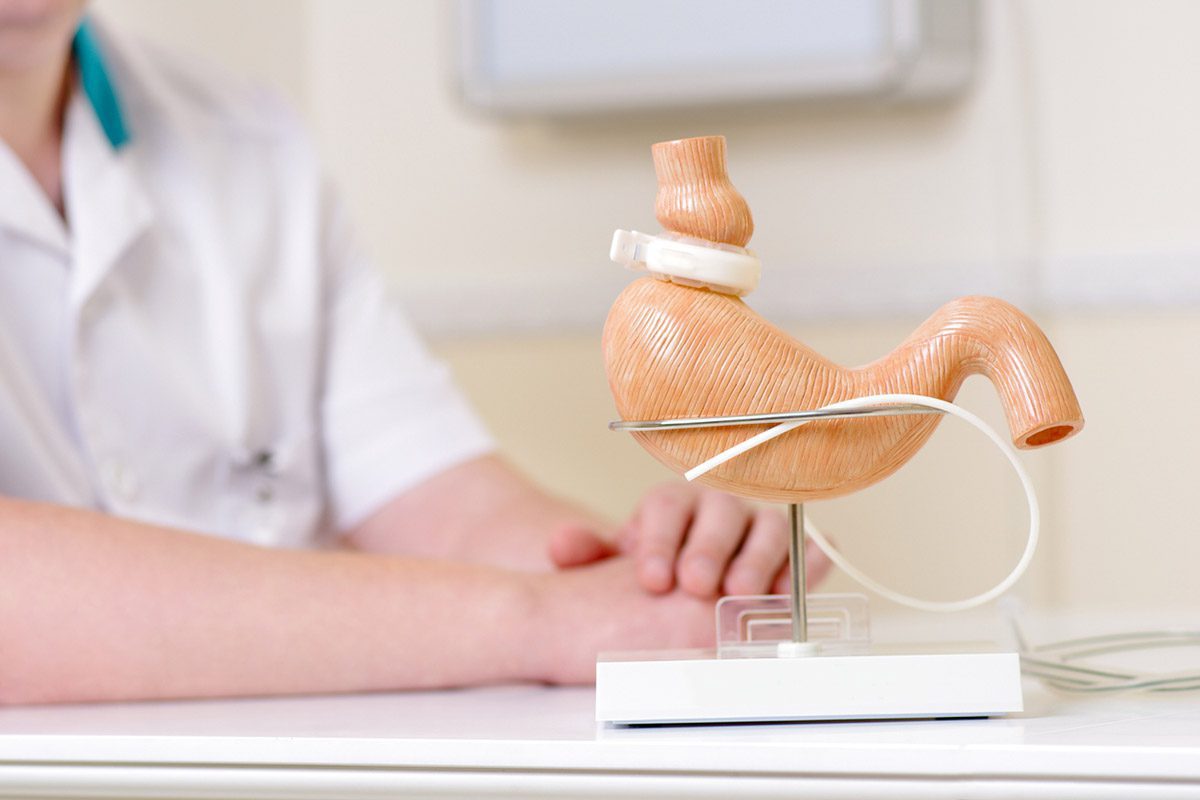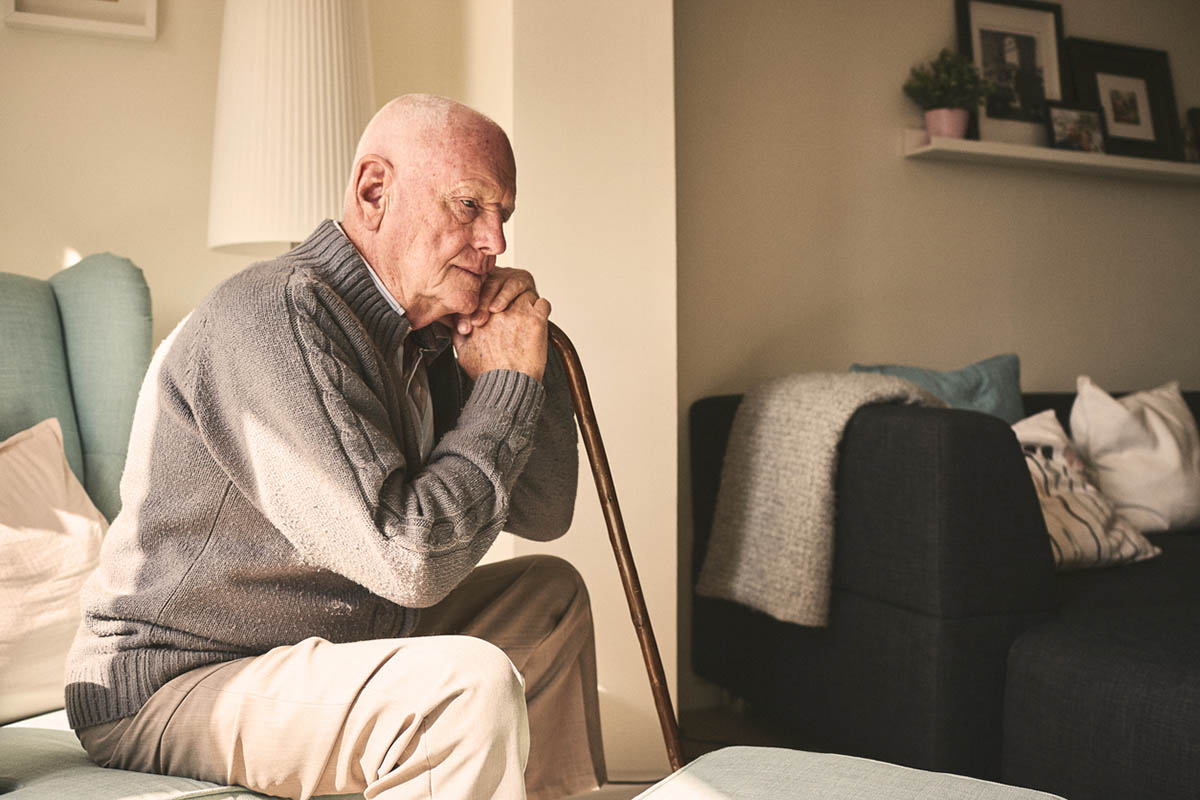Acute Relapse After Successful Vagus Nerve Stimulation Therapy: A Case Report of Last-Resort ECT Treatment
To the Editor: Quite a number of patients suffering from major depression are resistant to several psychopharmacologic interventions, even when current treatment guidelines are applied.1,2 Electroconvulsive therapy (ECT) is considered a valid alternative treatment option with established efficacy in treatment-resistant depression (TRD),3 yielding response rates of up to 60%.4 When ECT nonresponse is confronted, treatment options are limited.5 In these cases, vagus nerve stimulation (VNS) has been proposed as a continuous antidepressant strategy.6-8 However, when patients who have achieved remission with VNS relapse, guidelines are absent.
Case report. Mr A, a 64-year-old male patient, had a history of recurrent unipolar depressed episodes since 1990 (per DSM-IV-TR criteria and ICD-9-CM code 296.34). According to the Thase and Rush staging system for TRD (from 0 to 5), the patient was considered maximally treatment resistant, as multiple trials of psychopharmacologic agents and several adequately performed bilateral ECT applications were unsuccessful.9
At the end of 2004, it was decided to implement VNS. After titration of the VNS parameters (intensity: 1.25 mA, frequency: 20 Hz, pulse width: 500 ms, signal on time: 30 sec, signal off time: 3 min), the patient achieved complete remission after 1 year, and euthymia was sustained for another 2 years. Concomitant pharmacotherapy was venlafaxine 225 mg/d and mirtazapine 30 mg/d.
During the spring of 2008, the patient unexpectedly relapsed. Because of the presence of severe psychotic features with suicidal risk and to avoid cognitive side effects, we decided to acutely treat the patient with unilateral ECT. After 11 sessions, the patient reached euthymia (parameters: 1.0 ms, 60 Hz, 3.00 s, 0.8 mA, and 288 mC during sessions 1 to 5; 1.0 ms, 70 Hz, 3.00 s, 0.8 mA, and 336 mC during sessions 6 to 8; and 1.0 ms, 70 Hz, 3.50 s, 0.8 mA, and 392 mC during sessions 9 to 11, for a total convulsion time of 333 s).
This clinical remission was confirmed with a score of 0 on the 21-item Beck Depression Inventory (BDI)10 and a score of 5 on the 17-item Hamilton Depression Rating Scale (HDRS).11 Only during the administration of ECT was the VNS device turned off. After ECT was administered, we changed the VNS intensity to 1.50 mA and added olanzapine 10 mg/d to the ongoing treatment with mirtazapine and venlafaxine. With this treatment combination, the patient remains in full remission: BDI = 0, HDRS = 5 after 6 months and BDI = 4, HDRS = 6 after 1 year.
Although ECT is considered the "gold standard" for efficacy in TRD, not all patients respond and further treatment options are limited. In addition, ECT relapse rates remain high, and relapse generally occurs in the first 6 months.12 Relapse rates during VNS therapy are not yet established.8,13
Husain and colleagues14 reported a similar case of relapse during VNS therapy in a female patient with TRD. Although remission was achieved with bilateral ECT, long-term efficacy data were not provided.
In short, besides the fact that the concomitant use of ECT with VNS was found to be safe,15,16 our case indicates that, when severe relapses occur in patients previously treated successfully with VNS, ECT, even when previously associated with only moderate response, can be performed effectively with good long-term clinical outcome results.
References
1. Souery D, Papakostas GI, Trivedi MH. Treatment-resistant depression. J Clin Psychiatry. 2006;67(suppl 6):16-22. PubMed
2. Nemeroff CB. Prevalence and management of treatment-resistant depression. J Clin Psychiatry. 2007;68(suppl 8):17-25. PubMed
3. Marangell LB, Martinez M, Jurdi RA, et al. Neurostimulation therapies in depression: a review of new modalities. Acta Psychiatr Scand. 2007;116(3):174-181. doi:10.1111/j.1600-0447.2007.01033.x PubMed
4. Eser D, Sch×¼le C, Rupprecht R, et al. Electroconvulsive therapy: update and new research. In: Marcolin MA, Padberg F, eds. Transcranial Brain Stimulation for Treatment of Psychiatric Disorders. Basel, Switzerland: Karger; 2007:1-17. Ebert D, Ebmeier KP, Kaschka WP, eds. Advances in Biological Psychiatry; vol 23.
5. Bourgon LN, Kellner CH. Relapse of depression after ECT: a review. J ECT. 2000;16(1):19-31. doi:10.1097/00124509-200003000-00003 PubMed
6. Braga RJ, Petrides G. Somatic therapies for treatment-resistant psychiatric disorders. Rev Bras Psiquiatr. 2007;29(suppl 2):77-84. PubMed
7. Keller MB. Issues in treatment-resistant depression. J Clin Psychiatry. 2005;66(suppl 8):5-12. PubMed
8. Nahas Z, Marangell LB, Husain MM, et al. Two-year outcome of vagus nerve stimulation (VNS) for treatment of major depressive episodes. J Clin Psychiatry. 2005;66(9):1097-1104. doi:10.4088/JCP.v66n0902 PubMed
9. Rush AJ, Thase ME, Dubé S. Research issues in the study of difficult-to-treat depression. Biol Psychiatry. 2003;53(8):743-753. doi:10.1016/S0006-3223(03)00088-X PubMed
10. Beck AT, Ward CH, Mendelson M, et al. An inventory for measuring depression. Arch Gen Psychiatry. 1961;4:561-571. PubMed
11. Hamilton M. Development of a rating scale for primary depressive illness. Br J Soc Clin Psychol. 1967;6(4):278-296. PubMed
12. Grunhaus L, Dolberg O, Lustig M. Relapse and recurrence following a course of ECT: reasons for concern and strategies for further investigation. J Psychiatr Res. 1995;29(3):165-172. doi:10.1016/0022-3956(95)00003-N PubMed
13. Sackeim HA, Rush AJ, George MS, et al. Vagus nerve stimulation (VNS) for treatment-resistant depression: efficacy, side effects, and predictors of outcome. Neuropsychopharmacology. 2001;25(5):713-728. doi:10.1016/S0893-133X(01)00271-8 PubMed
14. Husain MM, Montgomery JH, Fernandes P, et al. Safety of vagus nerve stimulation with ECT. Am J Psychiatry. 2002;159(7):1243. doi:10.1176/appi.ajp.159.7.1243 PubMed
15. Daban C, Martinez-Aran A, Cruz N, et al. Safety and efficacy of vagus nerve stimulation in treatment-resistant depression: a systematic review. J Affect Disord. 2008;110(1-2):1-15. doi:10.1016/j.jad.2008.02.012 PubMed
16. Schlaepfer TE, Frick C, Zobel A, et al. Vagus nerve stimulation for depression: efficacy and safety in a European study. Psychol Med. 2008;38(5):651-661. doi:10.1017/S0033291707001924 PubMed
Author affiliations: Department of Psychiatry, University Hospital, Vrije Universiteit Brussel (VUB), Brussels, Belgium.
Potential conflicts of interest: None reported.
Funding/support: None reported.
Published online: May 6, 2010 (doi:10.4088/PCC.09l00840blu).
Prim Care Companion J Clin Psychiatry 2010;12(3):e1
© Copyright 2010 Physicians Postgraduate Press, Inc.




